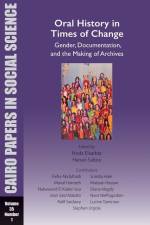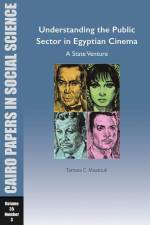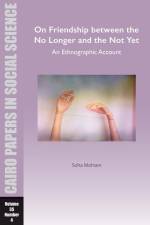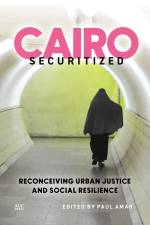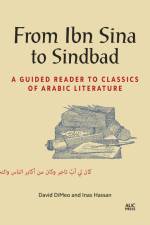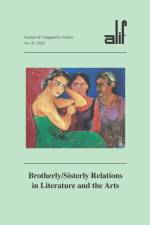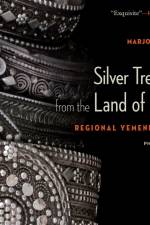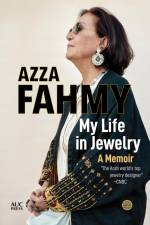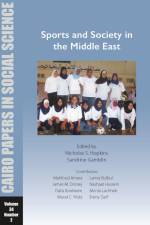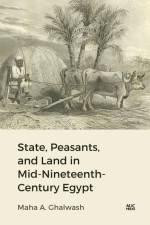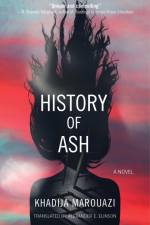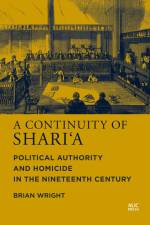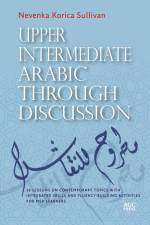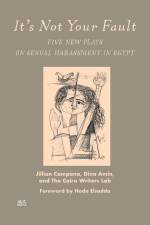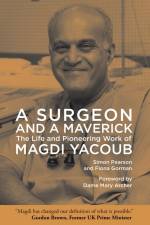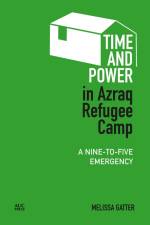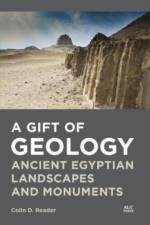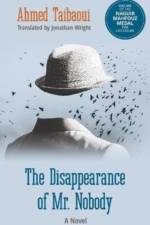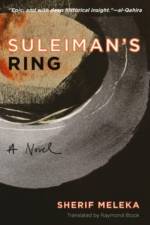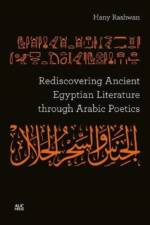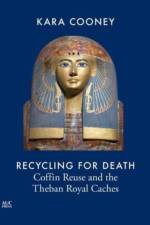av Walid El Hamamsy
1 065
A wide-ranging, multi-disciplinary collection of essays that decenter, critique, and problematize predominant notions of the meaning of mortality for human creativityThis issue of Alif explores the ways in which humans have come to confront their mortality across time and space. Contributions question the nature of loss, grief, and the possibility of an afterlife. Is death only an interlude? Perhaps simply the end? How have people used literature and the arts to conceptualize its relentless presence in our existence?The articles in this issue decenter, critique, and problematize predominant notions of the meaning of mortality for human creativity. They provide a wide scope of responses to mortality, anthropologically, philosophically, and psychologically. They shed light on different cultural receptions of loss, annihilation, and mortality, ranging from India to Yemen, Palestine to Iraq, the Island of Lampedusa to the war-ravished city of Beirut, among many other locales. Death is dealt with in an intimate fashion through the exploration and reinterpretation of modern and classical elegiac poetry, children's picturebooks, fictional accounts of war, grief, and displacement, and dramatic treatments of dying and the afterlife. Contributors: Hajjaj Abu Jabr, Egyptian Academy of Arts, Cairo, EgyptKaram AbuSehly, Beni-Suef University, Beni Suef, EgyptHala Amin, Beni-Suef University, Beni Suef, EgyptShaimaa El-Ateek, Imam Mohammad Ibn Saud Islamic University, Riyadh, Saudi ArabiaMohamed Birairi, Beni-Suef University, Beni-Suef, Egypt, and American University in Cairo, Cairo, EgyptElliott Colla, Georgetown University, Washington, DC, USASaeed Elmasry, Cairo University, Cairo, EgyptShaimaa Gohar, Ain Shams University, Cairo, EgyptWalid El Khachab, York University, Toronto, CanadaYasmine Motawy, American University in Cairo, Cairo, EgyptDani Nassif, University of Münster, Münster, GermanyAndrea Maria Negri, Ludwig Maximilian University of Munich, Munich, GermanyMarwa Ramadan, Zagazig University, Zagazig, EgyptCaroline Rooney, University of Kent, Kent, United KingdomTania Al Saadi, Stockholm University, Stockholm, SwedenMay Telmissany, University of Ottawa, Ottawa, CanadaShahla Ujayli, American University of Madaba, Madaba, Jordan

